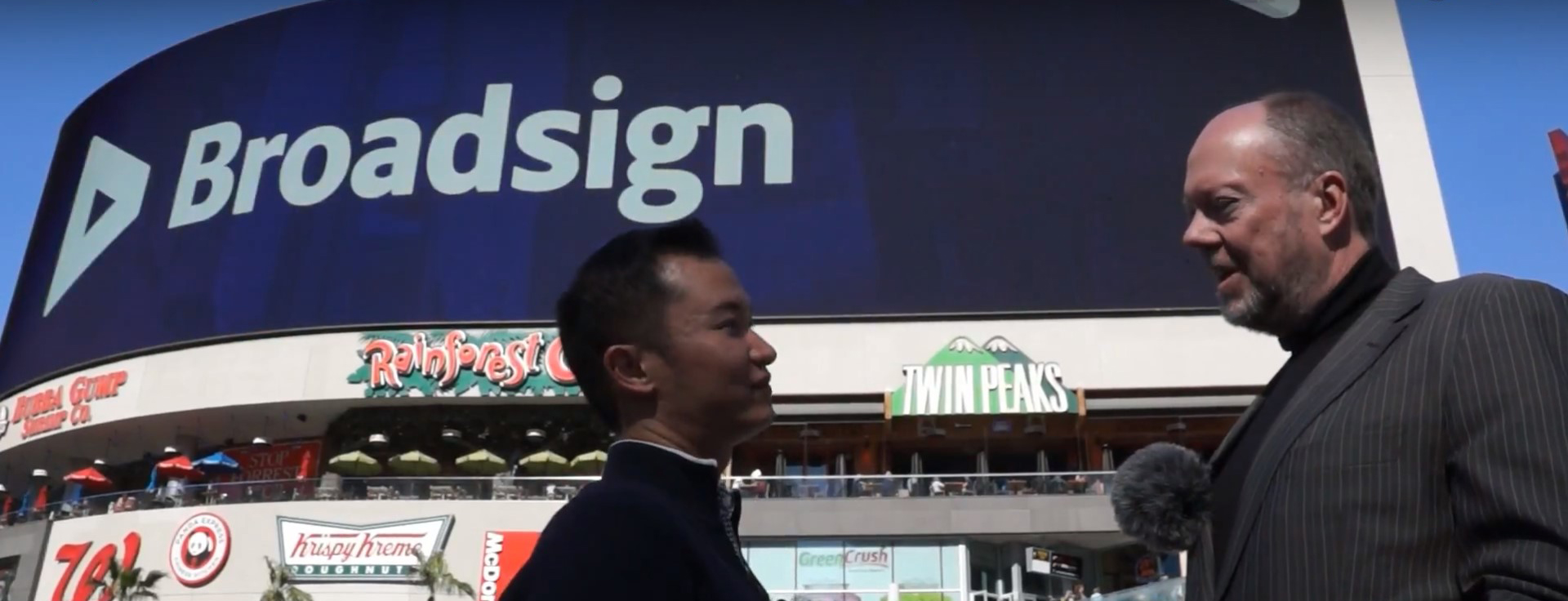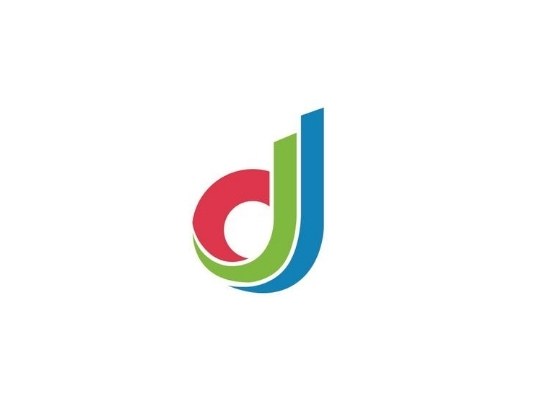
At the Digital Signage Expo in March, Rich Ventura, VP of Strategy for NEC and DSF Chair, noticed an emerging theme that had not existed in previous years. About 70 percent of the booths on the show floor had information or products related to analytics.
“Content was king. It’s not anymore. Not at all. Data is king now. Whoever owns and manipulates or drives the data, that is the key now,” he said.

Photo courtesy of Pixabay.
Digital signage, in other words, has reached a maturation point where just turning on a screen and playing content is no longer good enough. Users need to know what those systems are doing for them and their customers.
“Our industry, in the beginning, was commodity-based – screens, computers, cables, everything. We went from a commodity market to a package-type market, when you start talking about simpler solutions,” Ventura said. “Then we went from a package market to a brand-driven market and we started looking more at what brands are doing.”
The fourth step, he added, is an experiential industry. That’s where we are now – digital signage companies are creating experiences to drive the messages and branding. He points to Samsung’s SMART signage MagicInfo solution as an example. Based on the data on purchasing behavior by time of the day, customer-tailored analysis and customer interaction, the solution provides tailored ads and information on products. At the DSE, Samsung showcased the potential application of the solution in the hypermarket, fashion and F&B.
“This has been a breakthrough year for experiential. You’re not going into booths and seeing a bunch of monitors or players in a line. You’re seeing applications really being used,” Ventura said.
These experiences are driven specifically by those analytics, which are showing that, clearly, customers are responding to interactive experiences.

Samsung’s MagicInfo tailors ads and information based on purchasing data.
Such data mining is also propelling digital-out-of-home players to deliver bigger experiences. For example, when the DSE was taking place in Vegas, Broadsign took over Harmon Corner on the Strip and delivered content programmatically under a billboard. (Read more about that installation here).
“That was the first time something like that’s been done. We’ve been talking about this for years and now we’re seeing it,” Ventura said. “This is the tip of a renaissance period for our industry.”
There was no defined turning point, however. The digital signage industry has simply matured to this point, while the audience is better educated.
“You can tell because end-user traffic is up more than it’s been any other year. There were some big end-users walking the show this year. There was real business happening on the show floor,” Ventura said. “Our customers have gotten smarter and more tech savvy. They’re interested in how to do things better. All of those things go back to data.”
Notably, Ventura said customers are no longer afraid to take risks and do something different.
“For the last six or seven years in (the quick-service restaurant space), for example, it was all the same thing: digital menu boards. Everyone has them, the same thing,” he said. “There was nothing unique about it. Now, we’re seeing brands ask the question, ‘how do I do this differently?’ We’re seeing everything from projection to glass media to projection on a digital menu.”
NEC’s strategy
While Ventura chairs the DSF, his day job for NEC also gives him deep insight into the macro and micro trends within the industry. With this hat on, he said the difference this year is the sharper focus on down-the-road strategy.
“What are we going to be doing two, three, four years down the road? We have to look at where our customers are, where they’re strong, what markets they’re in and how we can support them two to three years from now. It won’t be the same,” Ventura said. “You have to stop thinking about what you want to sell them and start thinking through their eyes.”
How does that approach translate to digital signage, specifically? Ventura says, for example, a K-12 school should be looked at through a lens of what’s not going to change 20 years from now.
“They’re still going to have to teach and raise their test scores and raise money. We have to look at what we can do to help them increase efficiency while doing all of those things and still teaching,” Ventura said. “We have to focus more on what’s not changing in their day-to-day lives and how we can help them. It’s a huge challenge because of how fast technology moves.”
Ventura said it’s important, however, to focus on experiences before the technology.
“If we earmark for the technology right off the bat, we will fail. Don’t focus on the new 40-inch LCD screen when you’re talking to your customers, because a year from now, it’ll be a 41-inch screen,” he said. “Focus on the experiences.”






